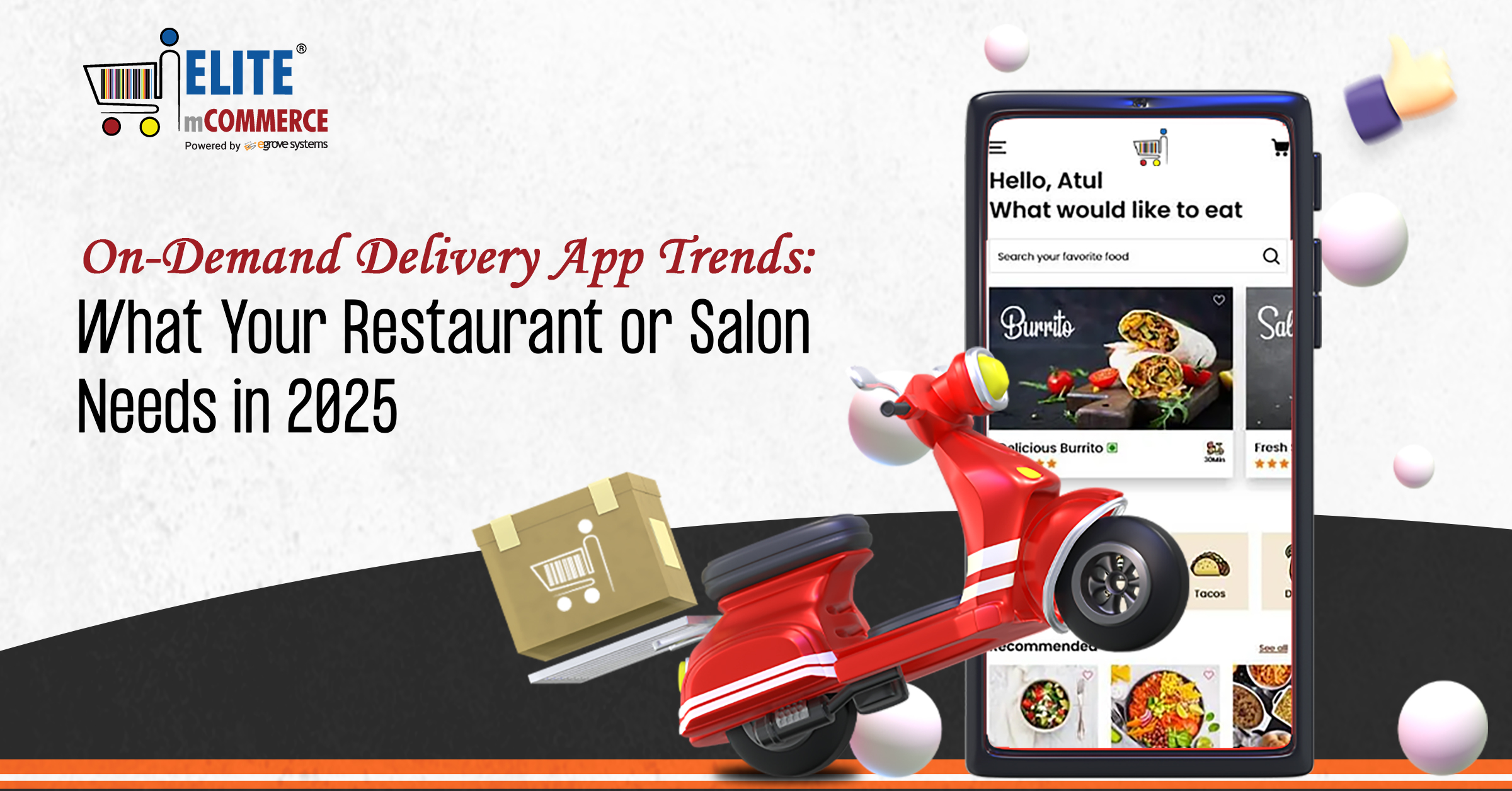As we move deeper into the 2020s, the mobile app landscape continues to evolve rapidly, with user experience (UX) and user interface (UI) playing an increasingly crucial role in determining an app’s success. In 2024, the most successful mobile apps will be those that deliver exceptional functionality and captivate users with cutting-edge UI/UX designs.
In this blog, we’ll explore the top UI/UX trends set to dominate the mobile app space in the year ahead, equipping you with the insights needed to stay ahead of the curve and ensure your app stands out in a crowded marketplace.
- Immersive Conversational Interfaces
The rise of chatbots and voice assistants has paved the way for a new era of conversational UI, where users can interact with mobile apps using natural language. This trend will be taken to new heights, with apps leveraging advanced natural language processing (NLP) and machine learning to create highly personalized, contextual, and intuitive conversational experiences.
From task-oriented chatbots that can handle complex queries to voice-powered virtual assistants that seamlessly integrate with a user’s daily routines, conversational interfaces will become the primary means of interaction for many mobile apps. By putting the user at the center of the experience and making complex tasks feel more natural and effortless, these cutting-edge UIs will captivate users and drive increased engagement and loyalty.
- Adaptive and Responsive Design
As mobile device diversity continues to expand, with foldable phones, 5G-enabled devices, and a growing array of screen sizes and form factors, mobile app design will need to adapt accordingly. We’ll see a major shift toward adaptive and responsive UI/UX designs that can fluidly adjust to different device capabilities and user contexts.
This means mobile apps will need to leverage advanced layout systems, dynamic typography, and intelligent asset management to ensure a seamless, optimized experience across a wide range of devices and scenarios. Whether users are accessing an app on a compact smartphone, a tablet, or a foldable device, the UI will automatically adapt to provide the most intuitive and engaging interaction.
By prioritizing responsive design, developers will be able to future-proof their apps, ensuring they can deliver consistent, high-quality experiences as the mobile ecosystem continues to evolve.
- Hyper-Personalization and Contextual Experiences
In an age of information overload, users are increasingly demanding personalized experiences that cater to their unique needs and preferences. Mobile apps will leverage advanced data analytics, machine learning, and user profiling to deliver hyper-personalized UI/UX designs that anticipate user intent and provide unprecedented levels of relevance and customization.
From personalized home screens and content recommendations to intelligent task automation and predictive features, these contextual experiences will help users accomplish their goals more efficiently and feel a stronger connection to the app. By understanding user behavior, interests, and pain points, mobile app designers can create bespoke interfaces that captivate users and foster long-term engagement.
- Immersive Experiences with AR and VR
The integration of augmented reality (AR) and virtual reality (VR) technologies into mobile apps will continue to evolve, delivering increasingly immersive and engaging user experiences. Whether it’s overlaying digital content onto the real world, enabling virtual product try-ons, or transporting users to fully immersive 3D environments, these cutting-edge technologies will redefine how users interact with mobile apps.
By seamlessly blending the physical and digital realms, AR and VR-powered mobile apps will provide users with a sense of wonder and discovery, captivating them with visually stunning and interactive experiences. As these technologies become more accessible and user-friendly, we’ll see a surge of innovative mobile apps that leverage AR and VR to push the boundaries of traditional UI/UX design.
In an era of information overload, mobile users are craving more streamlined and decluttered interfaces that prioritize simplicity and ease of use. We’ll see a rise in minimalist UI/UX designs that eschew unnecessary clutter, focus on core functionality, and leverage clean typography, generous whitespace, and intuitive navigation to create a calming and distraction-free user experience.
- Minimalist and Decluttered Interfaces
By stripping away extraneous elements and focusing on the essentials, these minimalist mobile app designs will help users quickly accomplish their tasks, reduce cognitive load, and foster a sense of serenity and control. This trend will be particularly important in mobile-first industries like finance, productivity, and wellness, where users demand a focused and distraction-free experience.
- Elevated Accessibility and Inclusivity
As mobile app usage continues to grow, ensuring inclusive and accessible UI/UX designs will become an increasingly critical priority. This means going beyond basic compliance with accessibility standards and actively incorporating features and functionality that cater to users with diverse abilities, disabilities, and backgrounds.
From optimized interfaces for users with visual, auditory, or motor impairments to multilingual support and culturally sensitive design elements, the most successful mobile apps will be those that prioritize inclusivity and accessibility as a core part of their UI/UX strategy. By creating experiences that are truly inclusive and welcoming to all, these apps will capture a wider audience, foster greater user loyalty, and enhance their overall brand reputation.
Conclusion
As the mobile app landscape evolves, the need for cutting-edge UI/UX design has never been more critical. The most successful mobile apps will be those that captivate users with immersive conversational interfaces, adaptive and responsive designs, hyper-personalized experiences, AR and VR-powered immersion, minimalist and decluttered layouts, and elevated accessibility and inclusivity.
By staying ahead of these trends and incorporating these innovative UI/UX strategies into their mobile app development efforts, businesses and developers can create experiences that truly stand out in a crowded marketplace and foster long-term user engagement and loyalty. The future of mobile app success lies in the hands of those who can seamlessly merge cutting-edge technology with intuitive and captivating user experiences.









Add comment